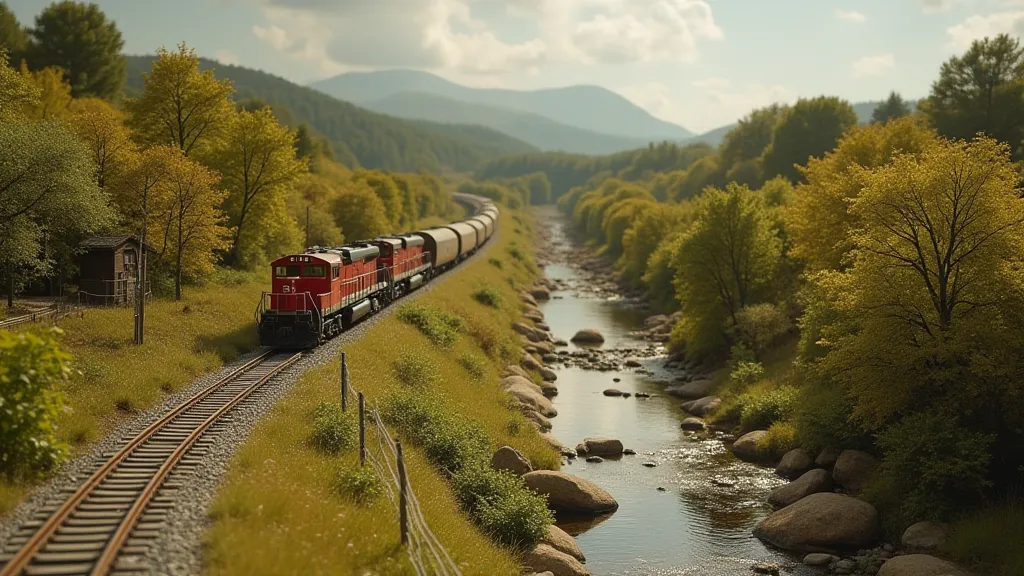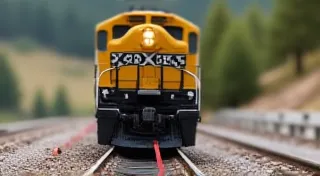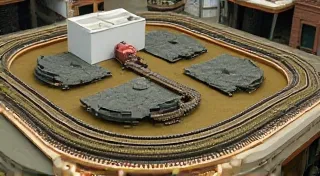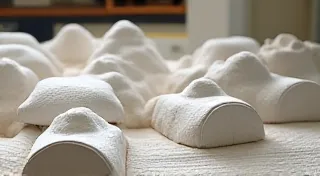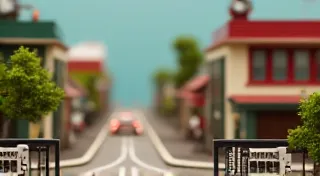Scenery Secrets: Creating Realistic Terrain for Your Model Railroad
A meticulously crafted railroad layout isn't just about the trains themselves; it's about the world they inhabit. Realistic scenery can transform a collection of tracks and engines into a vibrant, believable landscape. This article explores techniques for creating believable terrain, focusing on common elements like hills, rivers, trees, and ground cover. Let’s dive in!
Building the Foundation: Hills and Ground Cover
Most layouts benefit from elevation. Hills add visual interest and create depth, making your railroad seem more expansive than it is. The most common materials for creating hills are plaster cloth and expanded polystyrene (EPS) foam. Plaster cloth is excellent for sculpting complex shapes, allowing you to create rounded hills or dramatic cliffs. EPS foam is lightweight, easy to cut, and provides a stable base. You can combine both – use foam for the bulk of the hill and plaster cloth to refine the shape.
Once your hill structure is in place, it's time for ground cover. A mixture of materials – fine ballast, sand, dirt, and ground foam – will give a much more realistic look than a single material. Apply a thin layer of white glue (PVA) to the hill's surface, then sprinkle your chosen ground cover mixture evenly. Don’t be afraid to mix textures; different ground cover types can represent varying soil types.
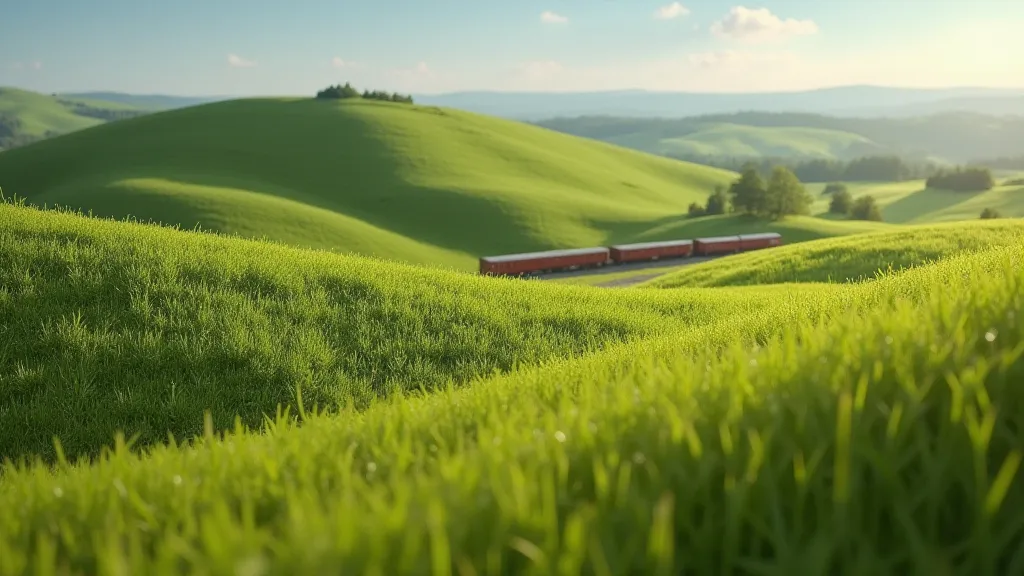
Water Features: Rivers and Streams
A river or stream can be a stunning centerpiece of your layout. Creating a believable water feature involves several steps. First, sculpt the riverbed using plaster or foam. The key is to create a natural-looking meandering path. Next, apply a layer of white glue to the riverbed and cover it with a reflective material. Several options exist, including special water effect products, epoxy resin, or even thin sheets of plastic film covered in glue.
To create the appearance of depth, consider painting the riverbed with progressively lighter shades of blue as it recedes into the background. Add rocks and pebbles along the banks to enhance realism. You can use small stones and pebbles that can be glued to the banks and riverbed.
Vegetation: Trees, Shrubs, and Ground Cover
No realistic layout is complete without vegetation. Trees are a critical element; commercially available model trees are convenient but can sometimes look uniform. Consider making your own trees using wire armatures and flocking. This allows for greater control over size, shape, and species.
Shrubs and bushes add another layer of detail. Use ground foam, lichen, and other small foliage materials to represent undergrowth. Vary the heights and densities of the vegetation to create a more natural appearance. Remember, real-world landscapes are rarely perfectly uniform.
Weathering: Adding Age and Character
Weathering is the final touch that brings your scenery to life. Applying washes of diluted paint (earth tones like browns, tans, and grays) can simulate the effects of rain, dust, and sunlight. Use a fine-tipped brush to apply these washes selectively, focusing on areas that would naturally accumulate dirt and grime.
Drybrushing is another useful technique. Dip a stiff-bristled brush into a small amount of paint (usually a lighter color) and wipe off most of the paint onto a paper towel. Then, lightly brush the bristles across the surface of the scenery, highlighting textures and creating a worn appearance.
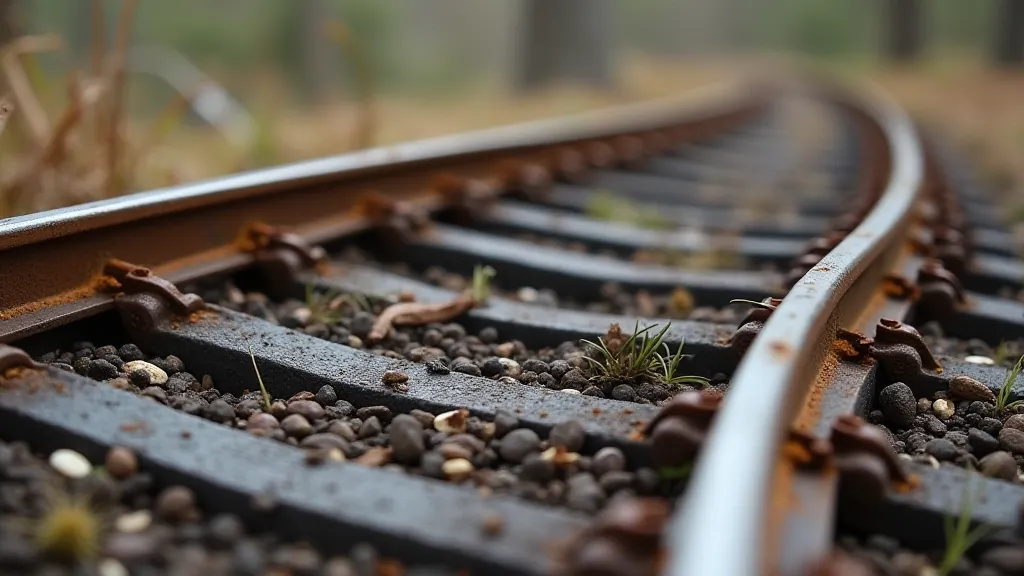
Tips for Success
- Reference Photos: Use real-world photos of landscapes as inspiration.
- Layering: Create depth by layering different materials and colors.
- Experiment: Don't be afraid to try new techniques and materials.
- Patience: Realistic scenery takes time and effort.
